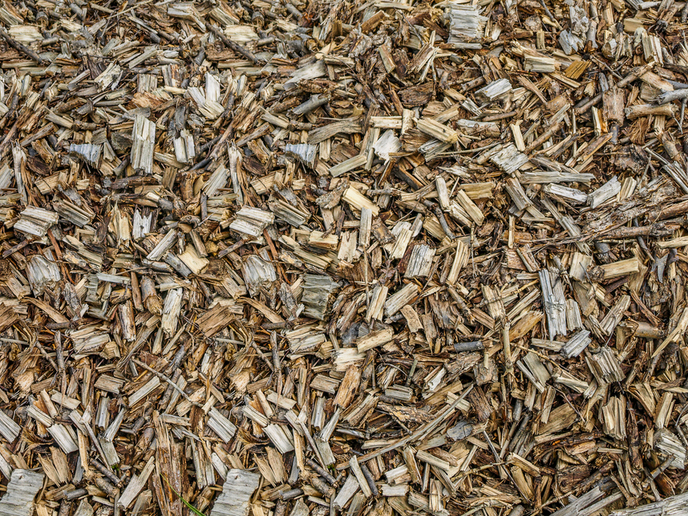Making chemistry click
Catalysts change the speed of a chemical reaction without being altered themselves and they are highly specific. Without them, many reactions that we take for granted simply wouldn't happen at room temperature. Applications range from catalytic convertors in cars to super detergents and oil refining. The technology can also be used to design specific drugs. Removing stubborn stains from a favourite shirt, for example, requires the help of catalysts. Each molecule in the oil stain is a substrate (or receptor), which combines with a tailored catalyst to form an intermediate molecule. In this form, the oil breaks up into the component soluble units. The degraded stain washes out of the clothing, releasing the catalyst to work again. Neat specific molecules like this are a very attractive proposition to the chemicals industry. One of the biggest challenges however is to create these molecular systems by design. The EU-funded Click-fun project aimed to create artificial receptors and catalysts fusing click chemistry with design and manufacture of a template. Click chemistry is a relatively recent philosophy whereby small molecular modules are joined together to make large designer structures, quickly and efficiently. For receptors, the target molecule is used as the template. The intermediate is the template for the catalyst. The combination of the two procedures has resulted in template-guided click chemistry assembling (TGCA) technology. Click-fun researchers focused on joining an azide, which comprises three nitrogen atoms (N3-) together with an alkyne. Alkynes have very reactive triple bonds. The simplest of the group is acetylene used for oxyacetylene welding. The team used the most advanced powerful click chemistry tool to join the best combination of substrate pairs. The resulting molecule would then fit onto the receptor or be an effective catalyst. The coupling pairs have huge scope in the biology world as the basic azide and ethyne groups exist in protein building blocks, amino acids. A good example of a potential templating molecule is taxol, which has so far been used as a chemotherapeutic drug. Taxol therefore has the potential for forming new complexes using click chemistry. The Click-fun team has assembled an extensive library of azides manufactured during the project. Applications for this recent technology include the production of new functional molecules, designer catalysts for manufacturing and artificial enzymes.







